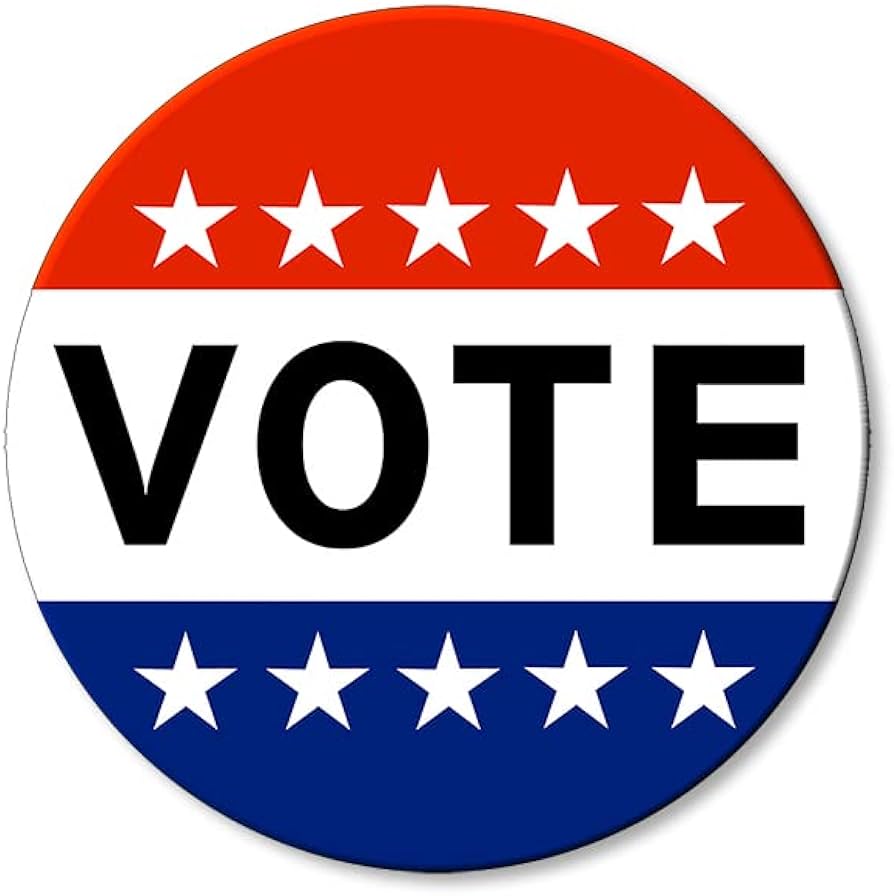Outside of typical remarks from Donald Trump, JD Vance and Mike Johnson and a Fox News report, party stayed mum
Republican voices were mostly silent as No Kings rallies and marches against Trump administration policies unfurled on Saturday, many in the spirit of a street party that countered the “hate America” depiction advanced by senior members of the party.
Instead of provocation, there were marching bands, huge banners with “we the people” references to the US constitution, and protesters wearing inflatable costumes, particularly frogs, which have emerged as a sign of resistance.
It was the third mass mobilization since Trump’s return to the White House and came against the backdrop of a government shutdown that not only has closed federal programs and services but is testing the core balance of power, as an aggressive executive confronts Congress and the courts in ways that protest organizers warn are a slide toward authoritarianism.



Wish I could upvote twice, people keep thinking the number is magic
3.5% is the magic number decided by people smarter than you and me. Let’s just run with that and stop making excuses for coming short.
Erica Chenoweth and Maria Stephan are absolutely smarter than me but I still think it’s a red herring. Focusing on a number like that risks missing sight of the ultimate goal of overthrowing fascism, regardless of what it takes. Plus the math is not settled, it’s a complicated number and every situation is unique.
https://en.wikipedia.org/wiki/3.5%25_rule
And to quote an especially important part about one of the Author’s views from that Wikipedia article:
(emphasis added)
To quote even more from this publication, also by one of the authors. (emphasis also added)
The key point is this:
The very people who publicized this theory in the first place have been repeatedly, publicly trying to clarify that this is descriptive, not prescriptive, yet if you ran with the wording of 50501 and other related movements, you’d think that 3.5% is a magical number that if you pass, the administration instantly backs down. (source: 50501 - Hands Off protest statement: “History shows that when just 3.5% of the population engages in sustained peaceful resistance – transformative change is inevitable.”, emphasis added ofc)
Another factor is how deeply entrenched the fascists you are trying to dislodge are.
The more levers of power they control (and the longer they control them), the stronger and more sustained the pressure against them needs to be.
People want to think if we just get to this. Umber it well change but it isn’t true. Also a protest once every couple of months don’t even think counts as a protest.
It counts as protest, but not sustained protest, which is usually a decisive factor for if a protest will succeed in affecting anything. Even if every employee of a company left for a day, if they all came back the next day and resumed working, it wouldn’t be hard for the business to get back up and running, then just put systems in place to account for that in the future, but if those employees strike for months, suddenly all the business’s systems begin to fail without maintenance, customers leave because of no service, and the business goes bankrupt.
I’m smarter than them and I can assure you the magic number is 2.4% not 3.5%